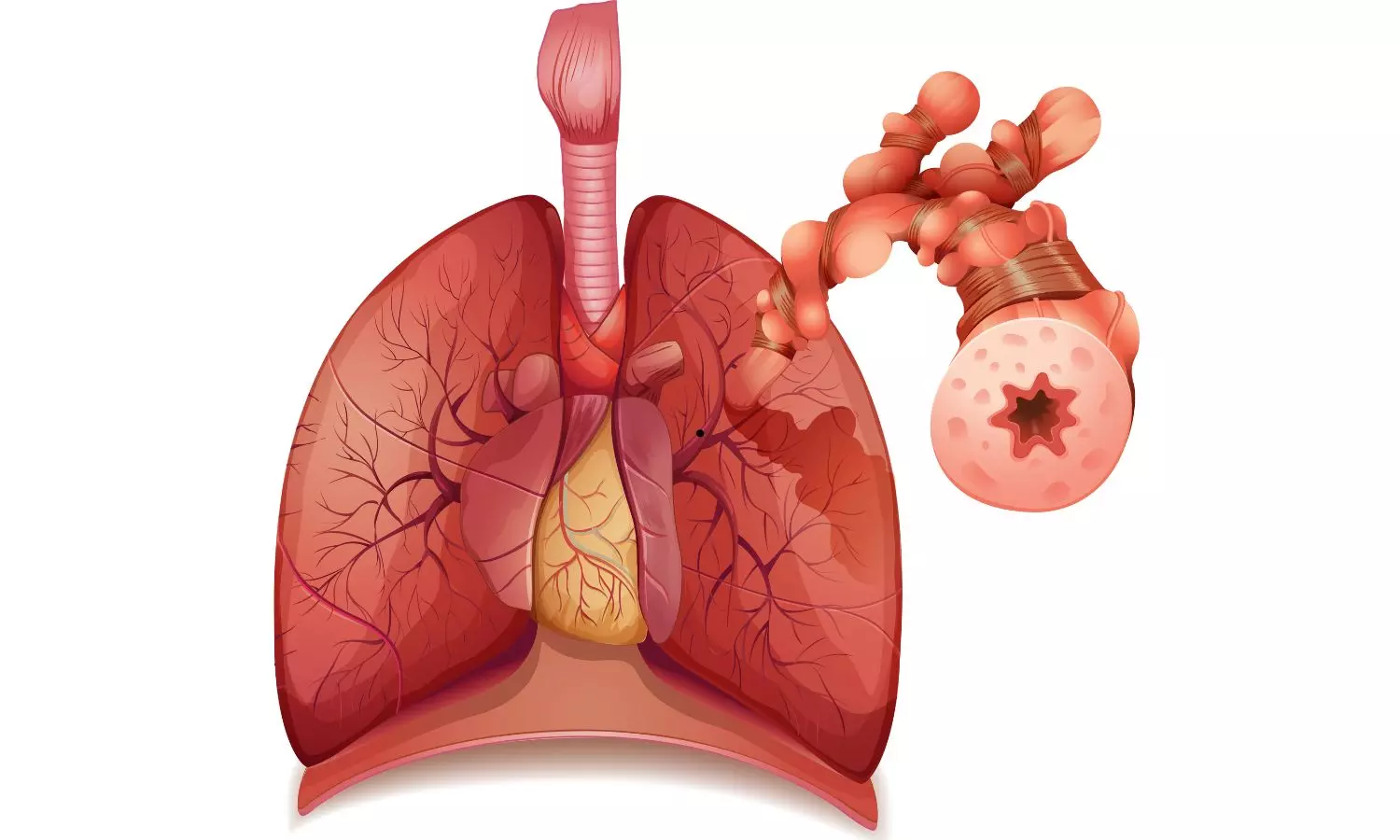Air Matters: How Pollution, Climate, and Lifestyle Drive India’s Asthma Crisis
Asthma affects the airways, causing them to become inflamed and hypersensitive

Asthma, a chronic respiratory disease affecting over 262 million people globally, poses a significant public health challenge. In India, the burden is substantial, with approximately 13% of global asthma cases (34.3 million), as per the 2019 Global Burden of Disease report.
While genetics may increase asthma risk, environmental factors like high pollution and exposure to harmful triggers can exacerbate the condition. Prolonged exposure, especially early in life, significantly raises the likelihood of developing asthma.
Environmental Factors That Exacerbate Asthma
Asthma affects the airways, causing them to become inflamed and hypersensitive. Exposure to triggers like smog, dust, or smoke can constrict airways, leading to symptoms such as coughing, wheezing, shortness of breath, or even severe asthma attacks requiring hospitalization. Polluted air not only worsens asthma but also heightens the risk of developing asthma, COPD, lung cancer, and long-term lung damage.
Pollution, Indoor and Outdoor: Air pollution doesn’t directly cause asthma but significantly aggravates symptoms. Pollutants like smog trigger inflammation in sensitive airways, causing coughing, wheezing, and breathlessness. In India, where air quality often exceeds safe limits, respiratory health risks are acute—WHO estimates 90% of people breathe polluted air. Indoors, cooking smoke, incense, mold, dust mites, and poor ventilation in urban homes further elevate risks.
Extreme or Fluctuating Weather Conditions: Rapid weather changes, such as cold spells, heatwaves, or high humidity, can irritate airways, triggering inflammation and breathing difficulties. Cold, dry air may narrow airways, causing chest tightness, while hot, humid conditions increase allergens and pollutants. “Thunderstorm asthma,” where storms break pollen into tiny, inhalable particles, can cause sudden asthma attacks, even in those without a prior diagnosis.
Lifestyle and Urbanization: Urban areas face rising construction dust and roadside pollution, which disproportionately affect children and the elderly. Urbanization also drives lifestyle changes—poor diet, inactivity, and obesity—that worsen asthma. India’s high tobacco use (27% of the population) and growing e-cigarette consumption further increase risks of asthma, COPD, and chronic bronchitis.
Fundamental Steps to Take
With worsening air quality, individuals with asthma must take proactive steps to manage their condition.
Consulting a doctor to identify triggers and collaborating with them on a personalized action plan is essential
Inhalers are one of the critical parts of asthma management, delivering medication directly to the lungs to relax inflamed airways and ease breathing during pollution-induced flare-ups. Doctors may prescribe daily control inhalers, and rescue inhalers for quick relief during sudden symptoms. However, proper use, training and seeking doctor’s advice are key to effectiveness.
Additional precautions include avoiding outdoor activity on high-pollution days, wearing a mask, staying hydrated, and exercising away from busy roads.
Dr. Vivek Vardhan Veerapaneni , Consultant Pulmonologist, Allergist, Sleep Disorders Specialist

